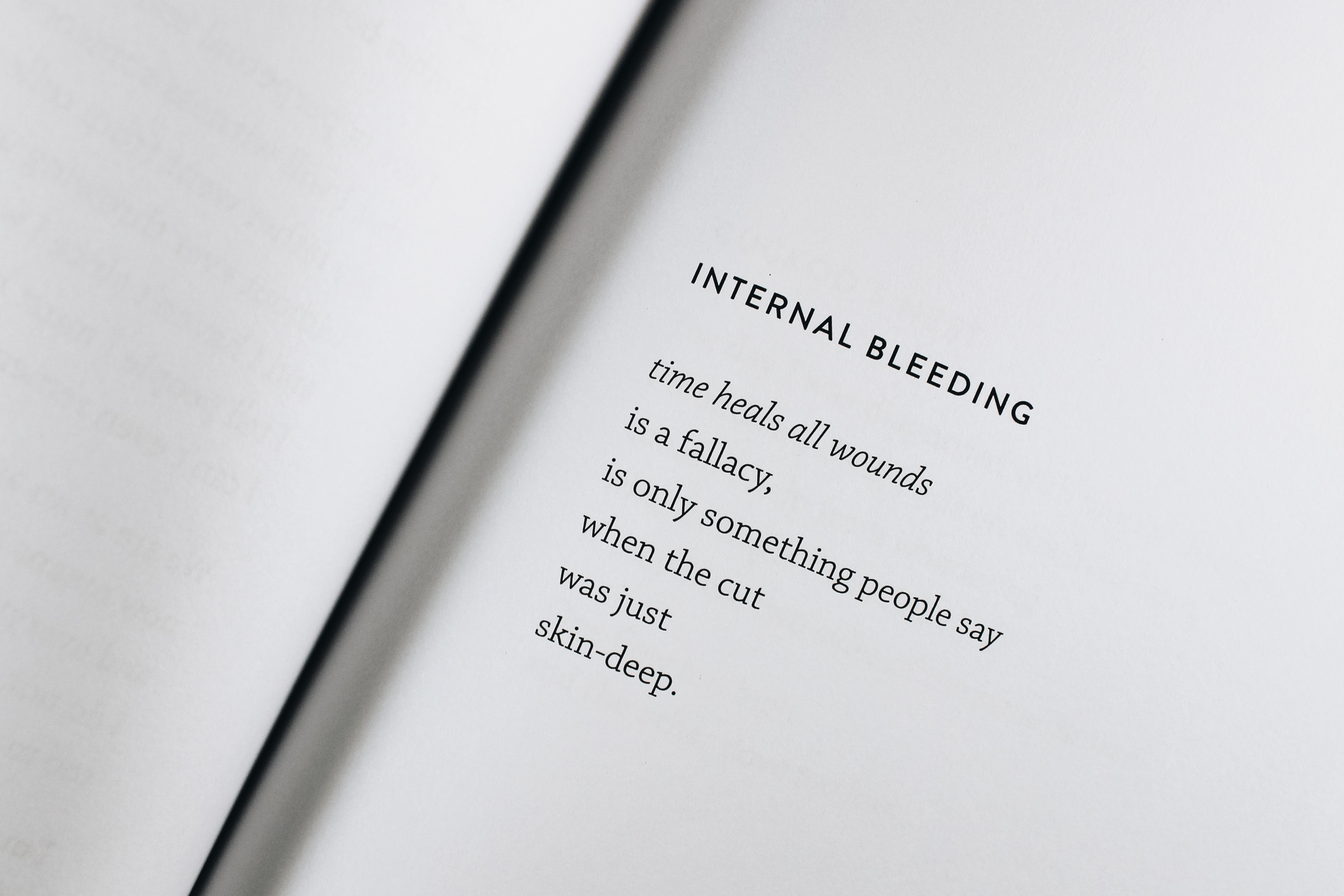Initially, people grouped together for protection, prosperity, and social cohesion. Families helped one another out financially and laboriously to get by. It was usual for people to have sexual encounters both inside and outside of marriage. In later generations, we followed the Western trend of marrying for love. We had monogamous sexual relationships with the same person for the rest of our lives since our culture valued this devotion to its members. Currently, individualism and personal ideals are deeply embedded in romantic partnerships.
Interestingly, to be sexually and/or romantically associated with just one person at a time is now considered "monogamy" rather than "sex and romance with one person for life." Through entertainment media like movies and TV, we learn about healthy relationships and the consequences of toxic ones. Understanding the value of community and being vulnerable helps us live happier, fuller lives. We use dating apps to meet potential mates, but we must find out whether we've finally met the one or should keep looking. We no longer accept one "correct" approach to interpersonal interactions.
In some ways, modern partnerships are more challenging. They are impacted and made more difficult by cultural expectations, endless to-do lists, and the fear of missing out (FOMO). We joke that committing means giving up your independence and losing yourself. As a society, we are increasingly encouraged to strike out on our own, leaving our intimate partners to provide the material and emotional support systems their communities once did. With the ongoing pursuit of a greater, more satisfying sense of happiness and dependence on our partner(s) for companionship/friendship, financial partnership, sexual stimulation, emotional support, and safety, it's no surprise that things are challenging to manage.
On the other hand, a change is occurring in how we have traditionally prioritized our wants in romantic relationships. Marriage and monogamy are no longer assumed, but they are lifestyle choices influenced by personal values. We're stopping, asking questions, and doing research so that we may make the choices that will bring us happiness and the kind of life we want for ourselves. We are shifting from an emphasis on independence to one on interdependence. We're not only concerned with our bodily well-being but also our emotional well-being, our spiritual well-being, our interpersonal well-being, and our sexual well-being. We're separating where we want to connect and invest with our partner from where we want to engage and invest in ourselves and our communities, helping us clarify our expectations for them.
A well-balanced relationship is one in which both partners feel secure and know their place. Together, two equals might feel safe and secure. However, a one-sided relationship is characterized by a significant financial, emotional, physical, or mental contribution by just one partner. This may happen when one partner in a romantic relationship takes the initiative to begin a conversation, arrange events, or do chores that both partners should pitch in on.
Anyway, for any relationship to work, try probing your thoughts regarding the connection. For instance, is this person's behaviour in your relationship unique to yours, or is it constant throughout their relationships?
Is this someone you feel at ease discussing your wants and emotions with?
How do they respond to criticism?
What would you want to have, and what are your restrictions on what you may accept?
Finally, it is important to analyze your contributions to the relationship and what you are not obtaining. It's being honest with your partner about your emotions, wants, and personal limits. Relationships require specific modifications or more thought, keeping in mind that one cannot change other people and that your requests may or may not be granted.


Login to join the discussion